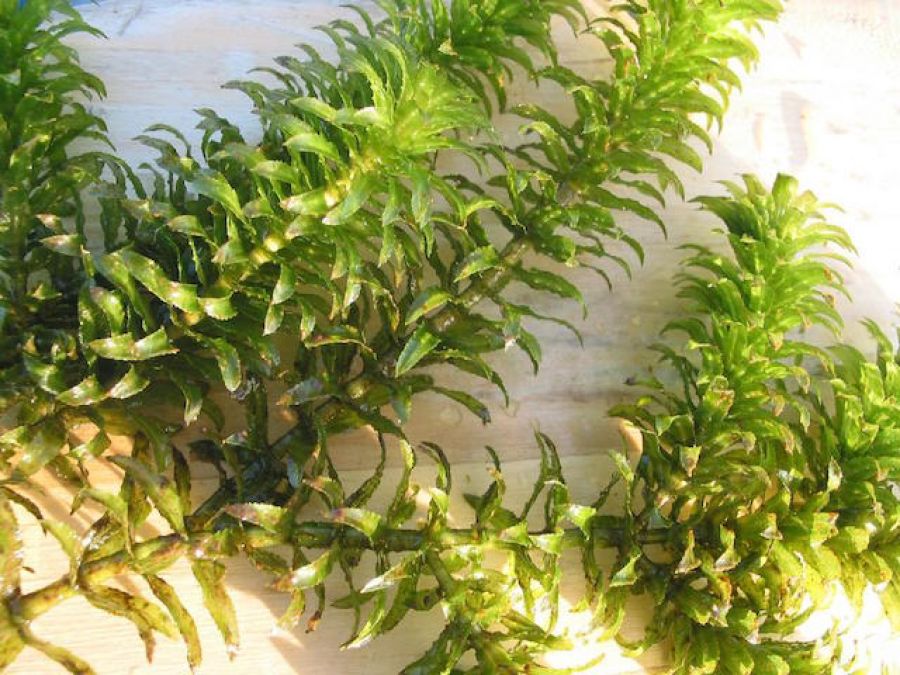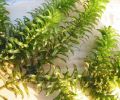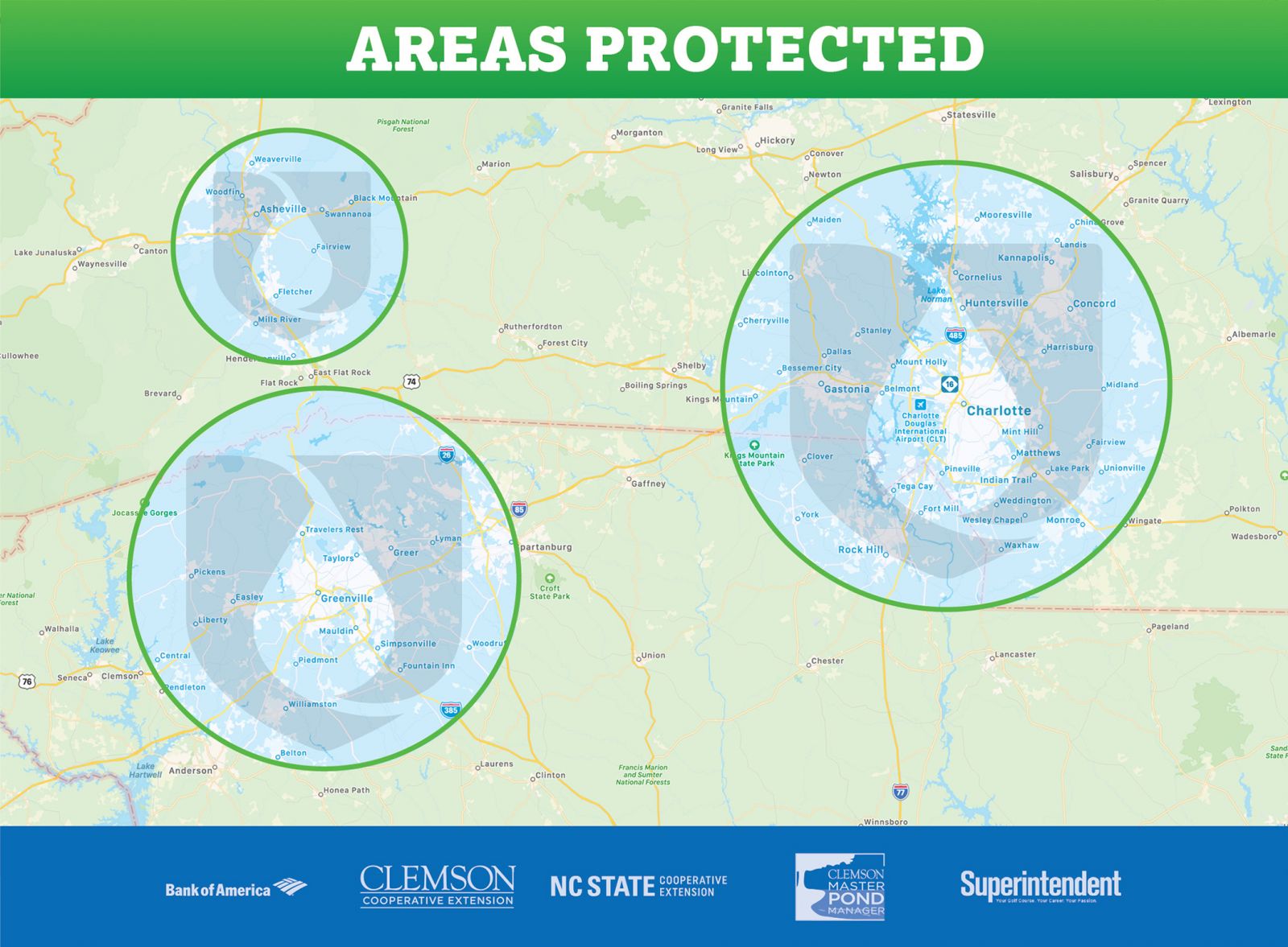
Dan has a beautiful pond in his backyard. He had mostly taken care of it himself. One day he walked out and saw what he thought was Elodea.
Because Elodea can be good for your pond, he decided to let it grow. A few weeks later, he saw that is had spread very quickly and had gotten out of control.
Realizing it wasn’t Elodea, but it was actually Hydrilla, he knew he needed a way to not only kill it but to prevent it from ever happening again.
What is Hydrilla?
Hydrilla (Also known as Esthwaite Waterweed and water thyme) is a submersed, non-native, perennial plant in the Hydrocharitaceae family. The plant is rooted in the bottom of the pond or lake and tends to form dense colonies that can grow to the surface.
It’s notorious for completely taking over an entire water body. Because hydrilla grows at such a rapid rate, it can out-compete and eliminate native species, creating surface mats that can inhibit recreation, navigation, and water intakes which make it considered a noxious pest.
What does Hydrilla look like?
Hydrilla is a long/tall stem with bright green leaves. The leaves are about a half an inch long with a pointed tip and teeth-like edges. The stem can get to be over 25 feet long.
How fast does Hydrilla grow/spread?
This plant can grow quickly because there are no diseases or natural predators that are a threat to the population. It can also grow in pretty much any water condition and temperature.
Low light conditions and water depths are no matches for hydrilla; they can thrive where there’s not much sun at depths of up to 30 feet! When there is hydra in your pond or lake, it can harm other plants.
It starts photosynthesizing much earlier in the day than native plants, so it takes most of the carbon monoxide in the water that the other plants need to thrive. It reproduces by fragmentation, turions (the buds in the leaf axil), seeds, and tubers.
How do I kill Hydrilla?
Unfortunately, it’s very costly to get rid of hydrilla. Pond/lake owners and HOAs can contact us here at Platinum Ponds and Lake Management to go over options. Preventing an infestation is going to be the easiest way.
Did you know that it only takes one inch of hydrilla to start an infestation? To help limit the spread of it, you can avoid boating over or around hydrilla, you can clean the mud and plant fragments off of your boat before you leave the water, you can drain and dry all of the water from your boat and boat accessories, and if you come across a water plant, never throw it back into the water, always enclose it in a bag and throw it away in the trash. Click here for facts on Hydrilla
Now serving Greenville SC, Spartanburg SC, Asheville NC, & Charlotte NC areas.
Get started. Become a member today!


